Growing up on the little bay on the south side of Grindstone Island, where the Lower Town Landing is located, there were five boathouses that provided shelter from the west winds.
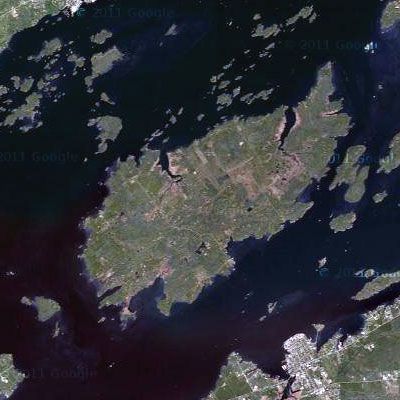
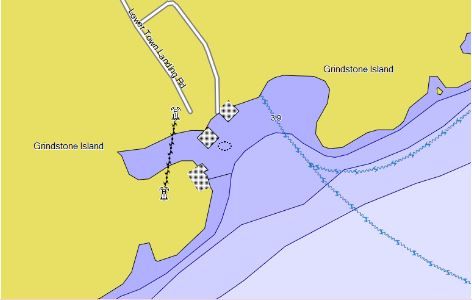
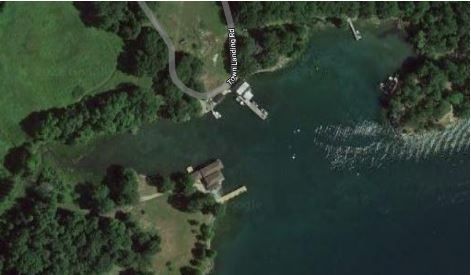
For winds coming from the south, shelter was provided by the long cement dock, built by Thomas Bakewell to provide shelter for his boats, and boat houses situated on the southern and western sides of the bay. The eastern end of the bay was owned by the Cox family, whose main home was in Watertown, NY.
The docks and boat house that had been constructed there were under constant attack by wind, waves, and maybe the worst, heavy ice. At the east end of the bay was a sandy beach, small but easily accessible by water or land. The beach was owned by the Cox family, but was mainly used by the Rushos.
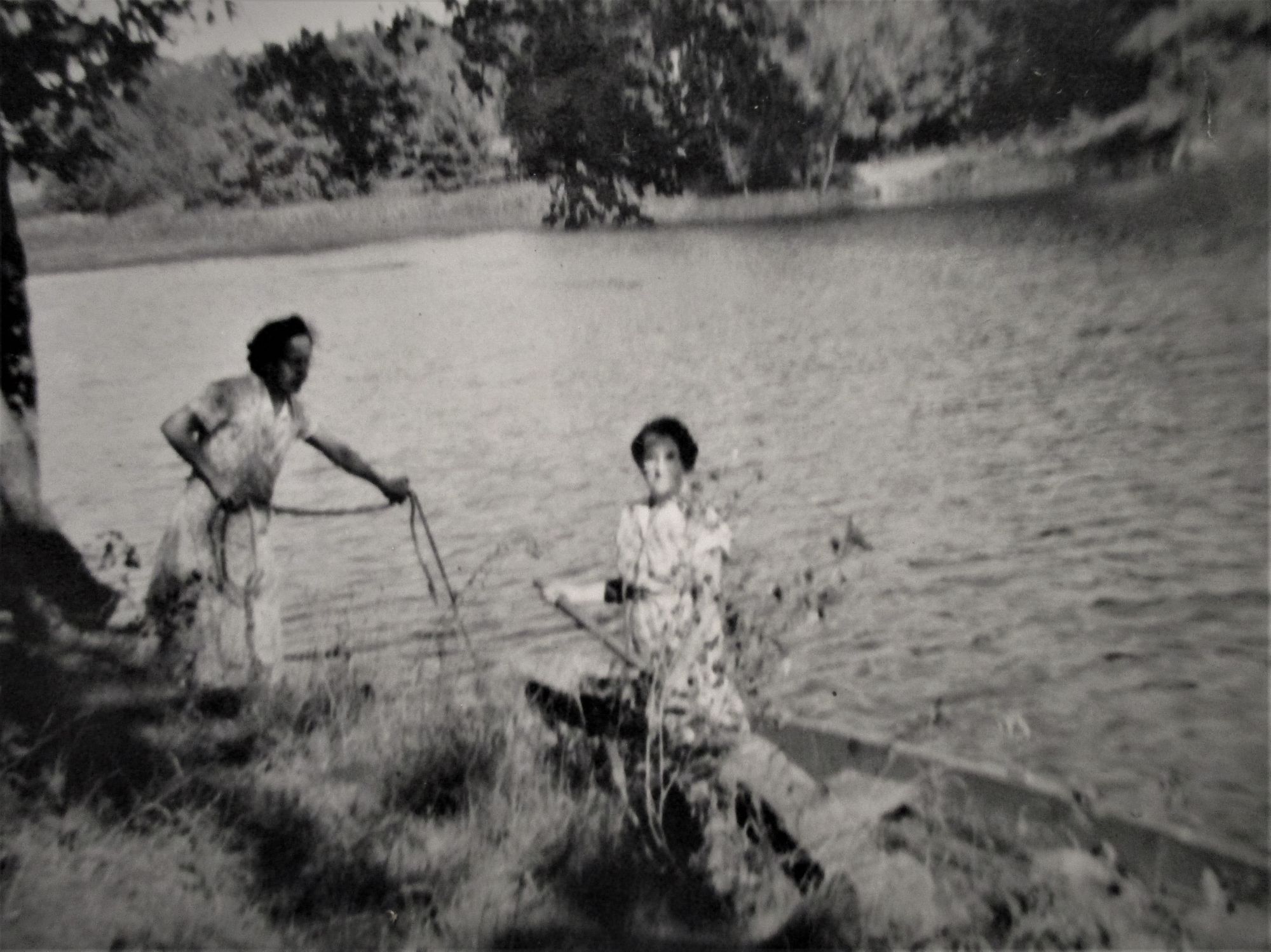
On the western end of the bay was the jewel – a micro-marsh with weeds, cattails, a few cedar trees, and a huge willow tree. The marsh grass all came together at a small creek, which flowed over a stone bridge that someone had filled in with rocks to make a road, many years before. A small pond had formed in the field past the fence.
Our neighbors across the bay, the Bakewells, had built a large boathouse, which was really three boathouses. The largest boathouse was built to house a yacht, which by my time had been moved to their home, somewhere far from Grindstone Island. On the north side of the bay, there were two small boat houses, next to the large dock built by the Town of Clayton and known as the Lower Town Landing.
The two small boathouses were owned by relatives of mine, Walter Atherton (my grandmother’s brother) and Ambrose Dano (my maternal grandfather). Our boathouse was almost in the center of the north side of the bay; we had a large wooden dock that did its best to protect the boat slips, and the dock itself was angled to provide at least some relief from the south and west winds. The northern side of the bay was almost pure rock cliffs. From the beach at the east end, to the town dock on the north, there was a rock cliff that extended to the front of a large home, which for most of our young lives was empty. A manmade seawall extended from east of our boathouse to the town dock on the western side. Along the top of this manmade wall were stone slabs that were cut into rectangle shapes, maybe 2 feet by 4 feet. These slabs were not native to Grindstone Island – and I never knew where they came from.
The western end of the bay was shaped like the outline of a large tadpole and there was a small creek that emptied into the bay. The northeast side had all of the things that a large marsh would have: wildlife, cattails, trees, lily pads, and more. At the very edge of the marsh stood a gigantic willow tree, which shaded an area that was easily a full one hundred feet in diameter. Under this canopy sat a huge boulder, maybe the size of a fifty-five-gallon barrel. Most of the stone was still buried in the surrounding mud. It was on this stone that my brother Milton and I caught our very first muskrat – that was the start of another exciting and lucrative chapter in our lives. The small creek that led to the road was always alive with small fish; we fished there at times, catching a few bullheads, perch, sunfish, rock bass, and occasionally a large-mouth bass.
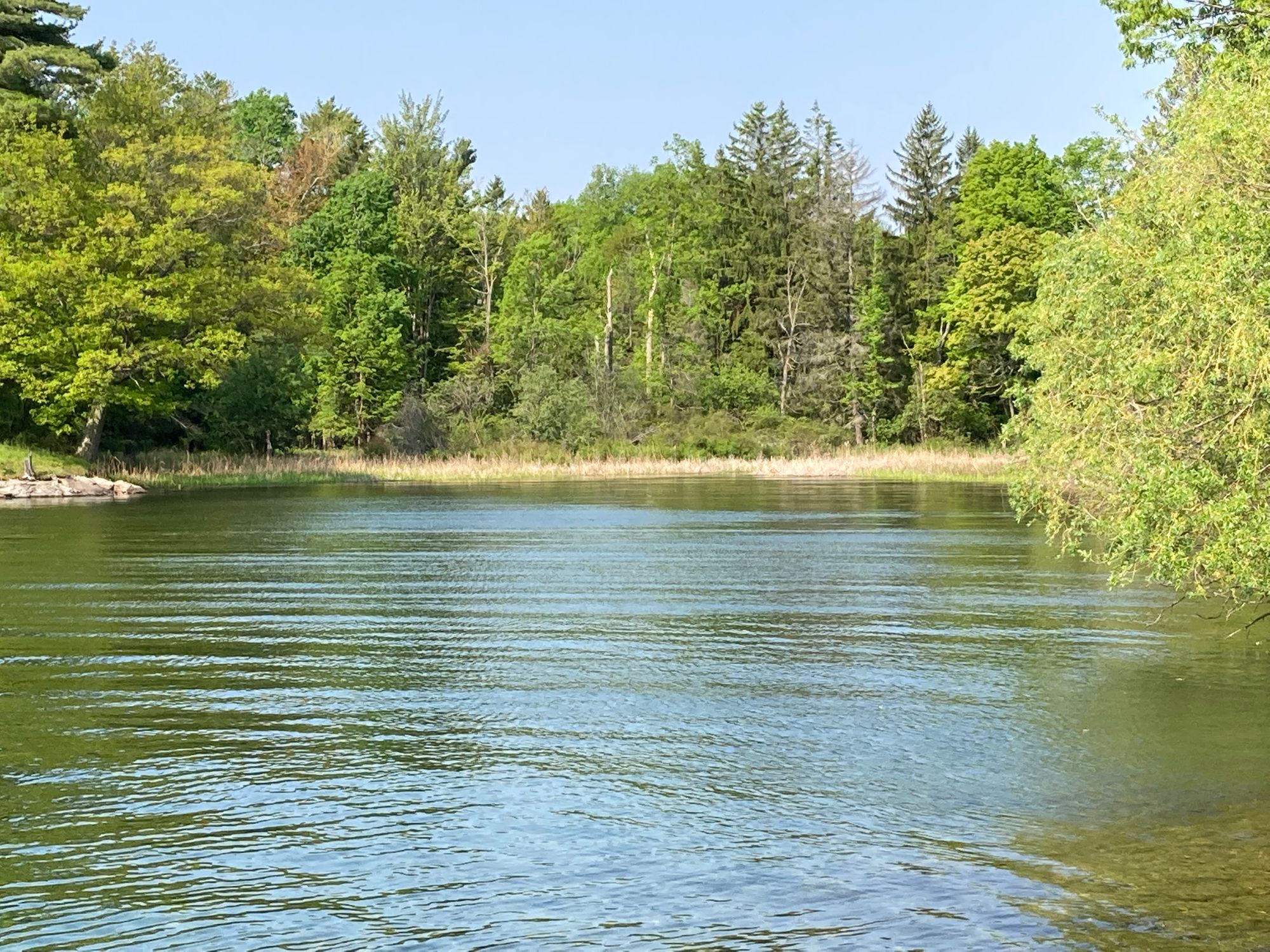
By June, the seaweed growth in the shallow waters completely choked the bay preventing any navigation. However earlier in the year when the ice melted after a long winter, the fish moved into the sun- warmed waters to mate, spawn, and then return to the deep waters in the open River. So, it was then, on many a calm night that Milton and I would be in the punt with a gas lantern and spear, ready to spear the big northern pike. Silently moving along the south side of the western end and then to the west end to the road, which blocked our further inward movement, and then along the northern side to the willow tree. I do not remember actually spearing any large fish in the bay. However, we did sharpen our skills with lots of practice.
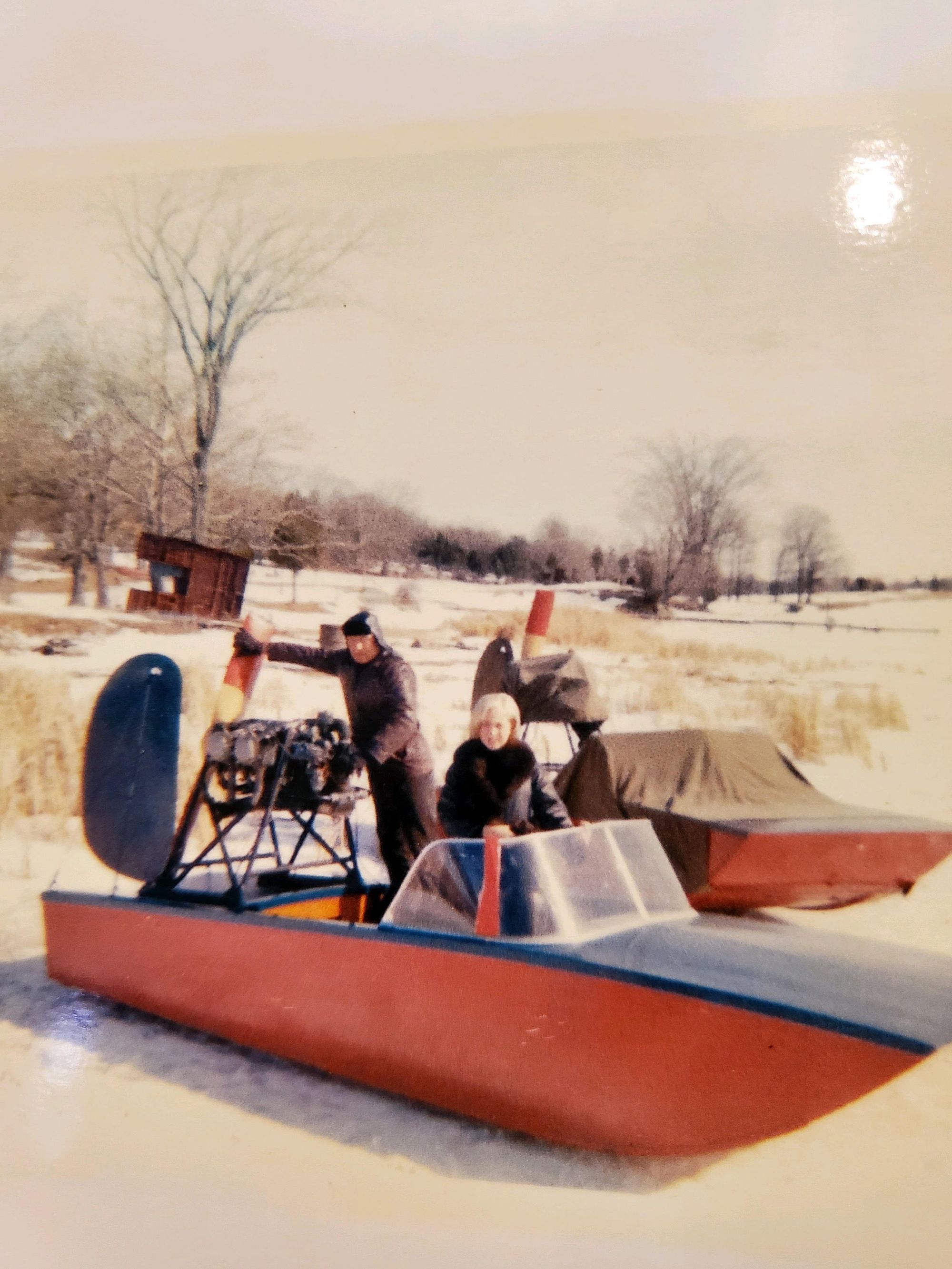
Years later, the Bakewell place was sold to other summer residents and the owners hired a Grindstone Island man named Wayne Anderson, to be their caretaker. Now Wayne was not only a great caretaker, but he was also a skilled boat builder. In 1952 or ‘53, he turned his skills to the construction of an air (ice) boat. He built this boat in one of the unused boat slips on the point where he worked.
Construction of the boat was completed by the middle of December, and the trial or break-in runs began. Although the main River was not yet frozen, the water in the shallow bay was frozen solid. Frozen out to a point maybe 200 feet from the shore, almost to the town dock, the edge frozen with about 4 to 6 inches of ice; this little bay became Wayne’s test strip for his newly constructed ice boat.
Several times a day, he made the transition from boat to sled, from water to ice into the west end of the bay, and back and forth. On many trips my father (Leon Rusho, Sr.) rode along with him, or I did, for thrills and balance in the water and steering on the ice. On one of his trial trips into the bay, my father and I were working in his shop situated on the edge of the River; we could hear Wayne’s engine speed up then slow down for several minutes, before the engine stopped suddenly. A few minutes later, Wayne came running into my father’s shop building, rather out of breath, saying that he could use some help. In the western end of the bay, and resting solidly against one of the large spruce trees, was Wayne’s boat. The bow was now some 13 or 15 feet up the tree; it was treed solid. He told us he had been practicing turning the craft around on the ice and snow, however, this time he did not turn. Wayne said in his Finnish accent, “Well, first I think I make it then, I think I don’t.” To my knowledge, it was the most exciting thing that ever happened in that quiet little bay.
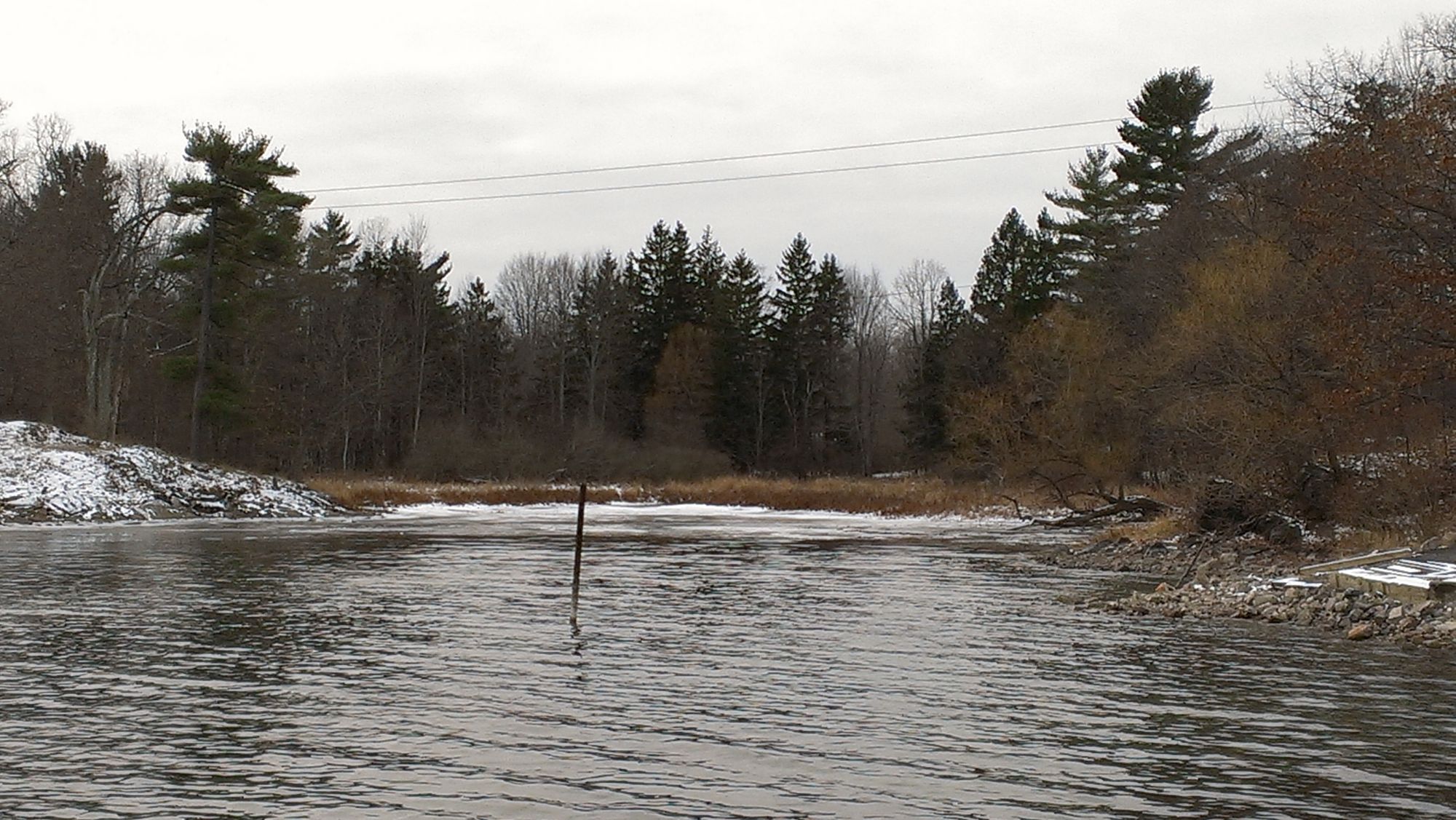
As winter released its grip on the world around Grindstone Island, large patches of bare ground appeared and life returned to the little bay. Almost every spring, the bay ice, waited for the River to rise and dislodge the ice from the bottom, tearing loose some weeds frozen into the ice. When the whole shore line was free of ice and a small iceberg was formed; with the west wind behind us, my brother and I climbed aboard for a wild ride out of the western end of the bay afloat on an iceberg. Getting on was easy, getting off was another issue. Luckily, within a few minutes of our wild ride the iceberg would collide with our dock and we were able to exit without even getting wet!
It has been many years since I have been in that little bay. I can see from the current satellite photo that the tadpole shape has not been altered. A few more trees now line the shore, the big willow is no longer there. The rest seems to exist only in my memories. A world of fish, snakes, ducks, turtles, muskrats, and weird shadows cast along the shore from our lantern at night – these are only a few of the great memories from our childhood, which remain from that little bay.
Header photo: Alice Rusho (Manley's grandmother) crossing the bay in a rowboat to go to work at The Orchard's circa early 1960's. Photo credit Richard Casali
By Manley L. Rusho
Manley Rusho was born on Grindstone Island nine+ decades ago. Last year, in 2021, Manley started sharing his memories with TI Life. (Manley Rusho articles) This Editor and his many friends wish him continued good health and we thank him for sharing - as the life and times on Grindstone Island are special and should never be forgotten.
Editor's Note: Manley just looking at the comments left on your articles makes me realize how lucky we are to have you sharing - much appreciated.
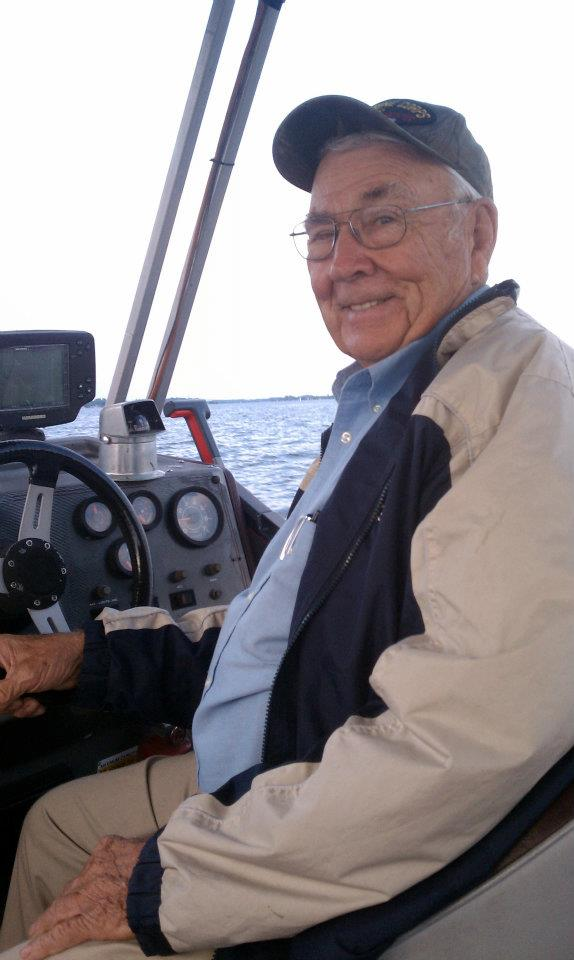
Posted in: Volume 17, Issue 6, June 2022, History, People, Places
Please click here if you are unable to post your comment.
